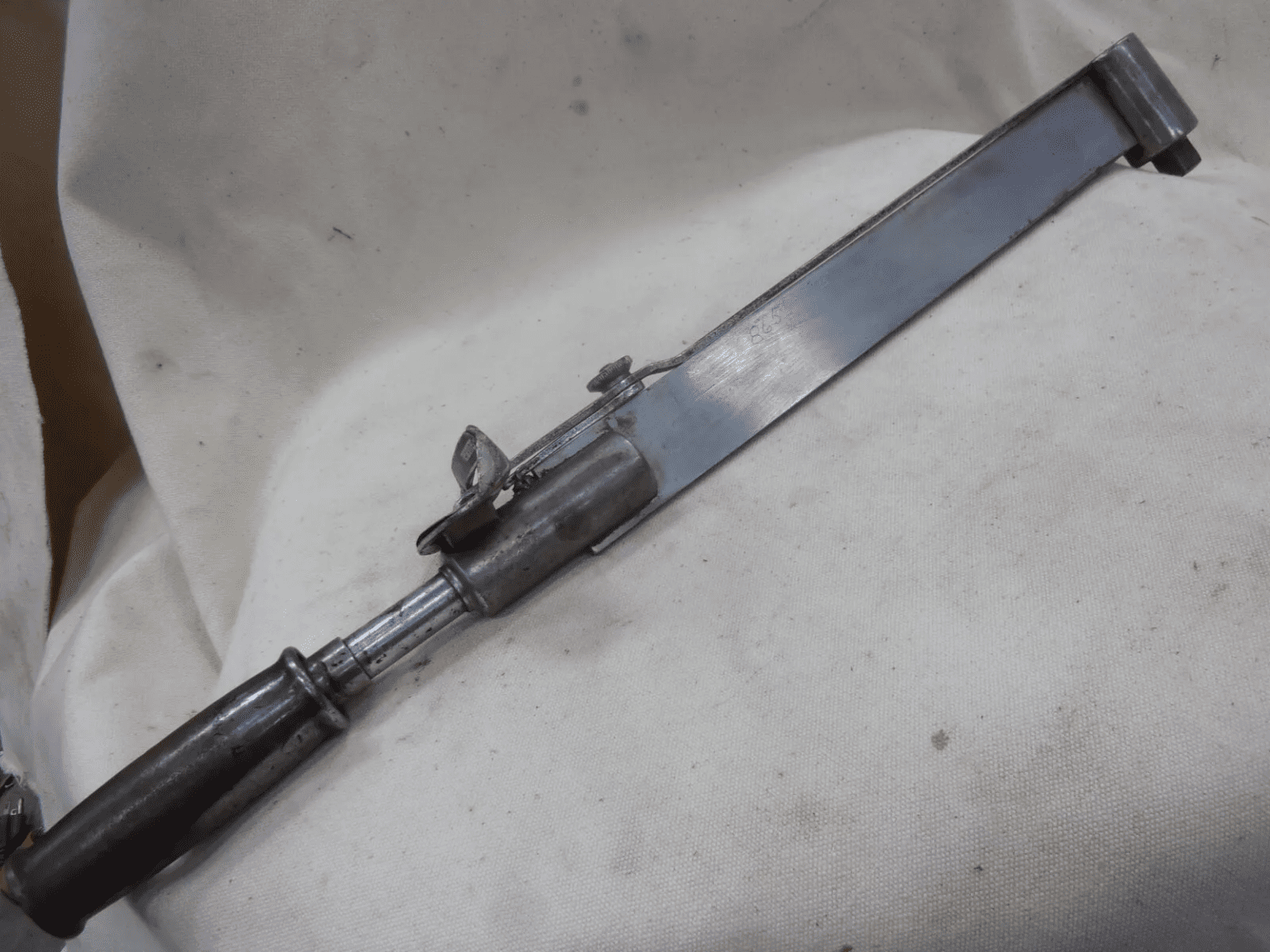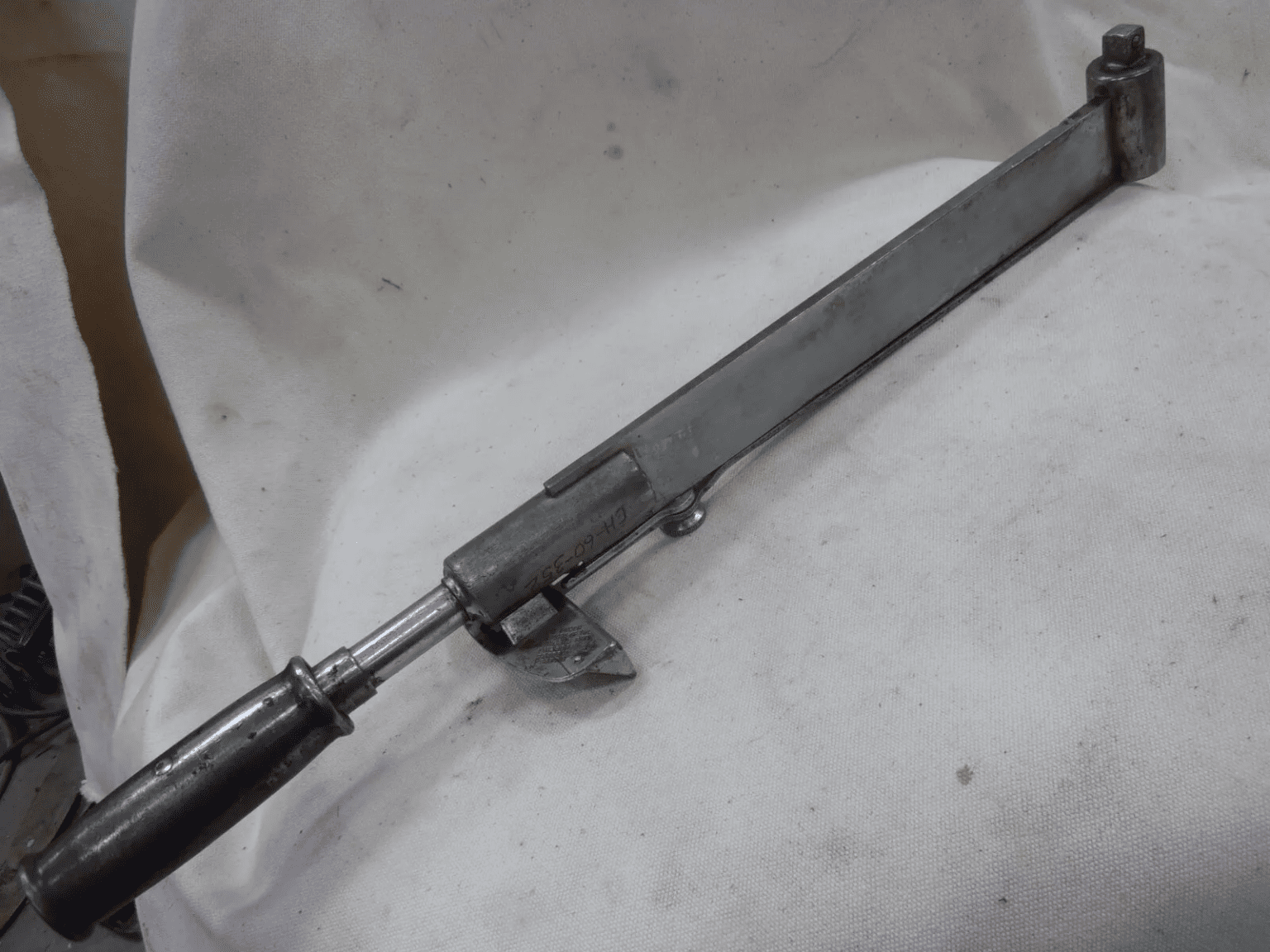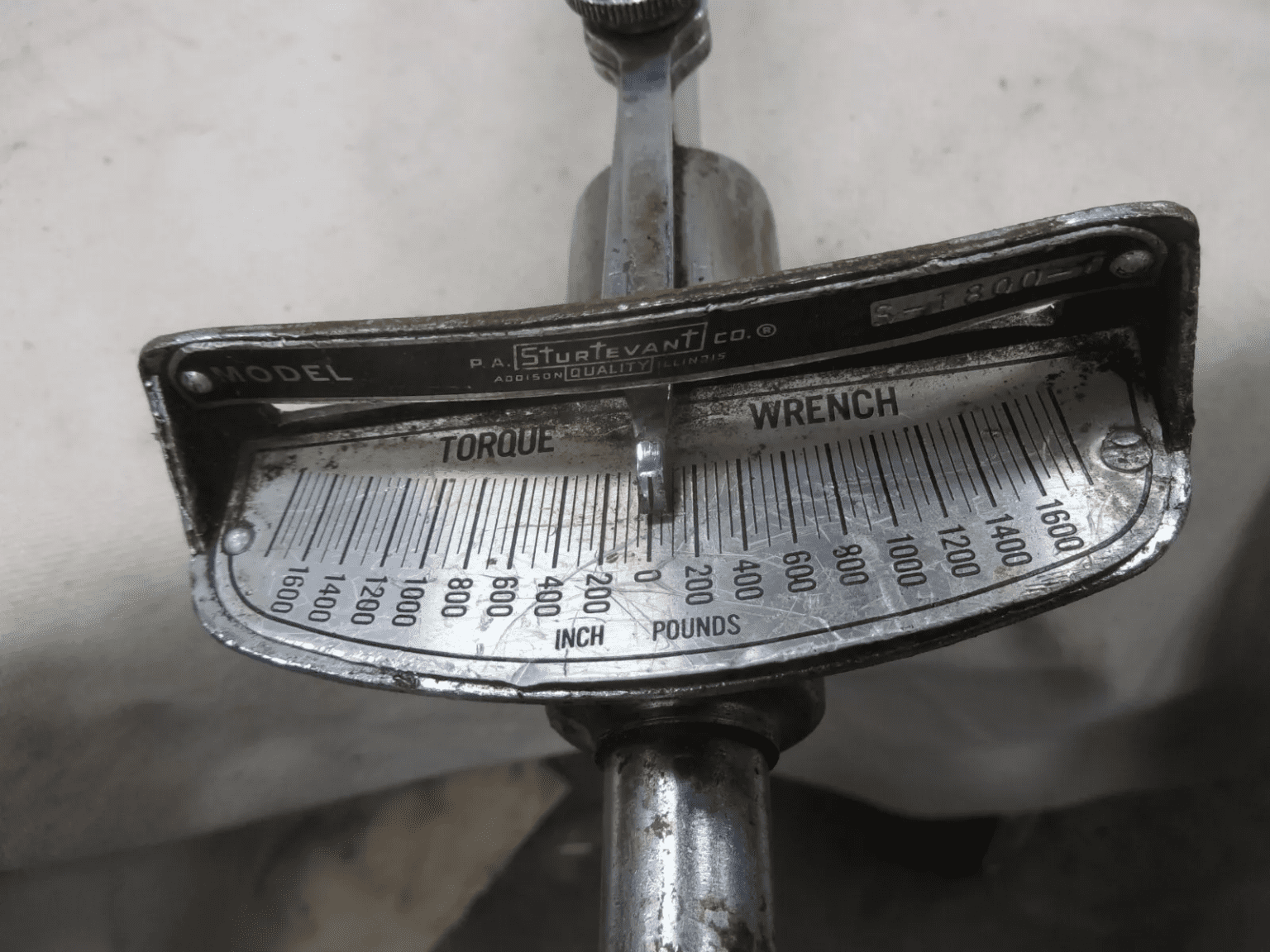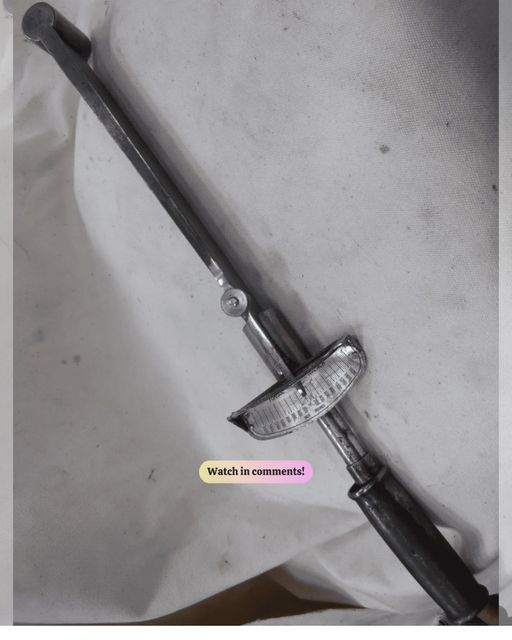The torque wrench is a cornerstone in mechanics and engineering, essential for ensuring nuts and bolts are tightened correctly. Invented in the early 20th century, this tool marked a significant advancement in industries needing exact torque applications for safety and efficiency. Even though today’s torque wrenches are enhanced with digital capabilities, the vintage wrench holds a nostalgic and functional value in tool history.
The Invention of the Torque Wrench: A Game-Changer in Engineering

The torque wrench was born in 1918, thanks to Conrad Bahr, an American engineer. As machinery became complex, precise torque application became crucial. Bahr devised the torque wrench to meet this need by ensuring bolts and nuts were accurately tightened, preventing equipment failure from too much or too little torque.
Precision in the Early 20th Century
With the rise of automobiles, aviation, and industrial machinery, securing components without damage was critical. Over-tightening could cause damage, while under-tightening could lead to dangerous failures. The torque wrench allowed applying just the right amount of force, meeting strict safety standards and boosting performance.
Bahr’s invention was mechanical but quickly became indispensable in automotive repair, aerospace, and construction. It provided unmatched control needed for maintaining the integrity of increasingly powerful and complex machines.
How the Vintage Torque Wrench Worked: Simplicity Meets Precision
Early torque wrenches, though straightforward, were pivotal. Two primary types emerged: beam torque wrenches and spring torque wrenches, both aiming for precise fastening.
Beam-Type Torque Wrenches
The beam-type wrench was among the first designs. It had a flexible beam that bent with applied torque, with a scale and pointer showing the torque level. Although simple, it required steady hands and careful observation. Its key advantage was the lack of need for recalibration, making it reliable for many mechanics.
Spring-Type Torque Wrenches
The spring-type wrench, or deflecting beam wrench, used a calibrated spring. As torque was applied, the spring would adjust, displayed on an internal scale. More advanced than beam wrenches, they required regular calibration for accuracy.
Both types were manually adjusted and calibrated, making them less convenient than today’s digital wrenches but provided unmatched control and precision for their time.
Industrial Applications: Torque Wrenches Across Key Sectors
The torque wrench became essential in various industries for ensuring the safe and efficient functioning of mechanical systems. Key sectors included automotive, aerospace, manufacturing, and construction, all relying on precise bolt tightening.

In the Automotive Industry
The torque wrench was quickly adopted in the automotive sector. Cars and trucks needed precisely fastened components for safe operation. Engines, suspensions, and wheels required accurate torque measurements, making torque wrenches standard in repair shops and on assembly lines. They ensured components were tightened to exact specifications, preventing failures and accidents.
In Aerospace and Aviation
In aerospace, where safety is paramount, the torque wrench was vital. Aircraft components like landing gears and engines required precise fastening to handle flight pressures. Any torque error could be dangerous. Vintage torque wrenches were crucial in aircraft assembly and maintenance, ensuring safety and performance.
In Construction and Structural Engineering
Torque wrenches were used structurally, ensuring the integrity of buildings, bridges, and towers. Bolts in steel frameworks or mechanical joints needed accurate tightening for structural stability.
The Enduring Legacy of the Vintage Torque Wrench

The torque wrench’s invention revolutionized precision engineering. Modern advancements have produced sophisticated and automated tools, but vintage wrenches remain beloved by collectors, hobbyists, and mechanics.
Collectors and Enthusiasts
Today, vintage torque wrenches are treasured by collectors and history enthusiasts. They symbolize the ingenuity and craftsmanship of their time. Their simple yet effective designs capture the spirit of early 20th-century engineering when hands-on expertise was key. Collectors appreciate their historical significance, rugged durability, and timeless design.
Influence on Modern Torque Measurement Tools
The impact of vintage torque wrenches is evident in modern tools. Despite today’s digital and automatic features, the basic principles are rooted in early models. The concept of applying precise torque remains, whether manually or digitally operated.

The Shift to Click-Type and Digital Wrenches
Modern torque wrenches, like the click-type and digital versions, offer greater convenience and accuracy but are direct descendants of beam and spring-type designs. Click-type wrenches give an audible click at the desired torque, and digital versions feature LED displays.
Conclusion: A Tool That Defined an Era of Precision
The vintage torque wrench marks an era in the evolution of mechanical tools and the pursuit of precision in engineering. Since Conrad Bahr’s 1918 invention, it has become indispensable across industries, ensuring the safety, performance, and durability of countless mechanical systems.
Though modern versions dominate with digital advances, the vintage torque wrench continues to inspire and holds a place of honor among collectors and mechanics. Its legacy reminds us of a time when precision and craftsmanship were essential, a time when a simple tool revolutionized how the world tightened its bolts.





